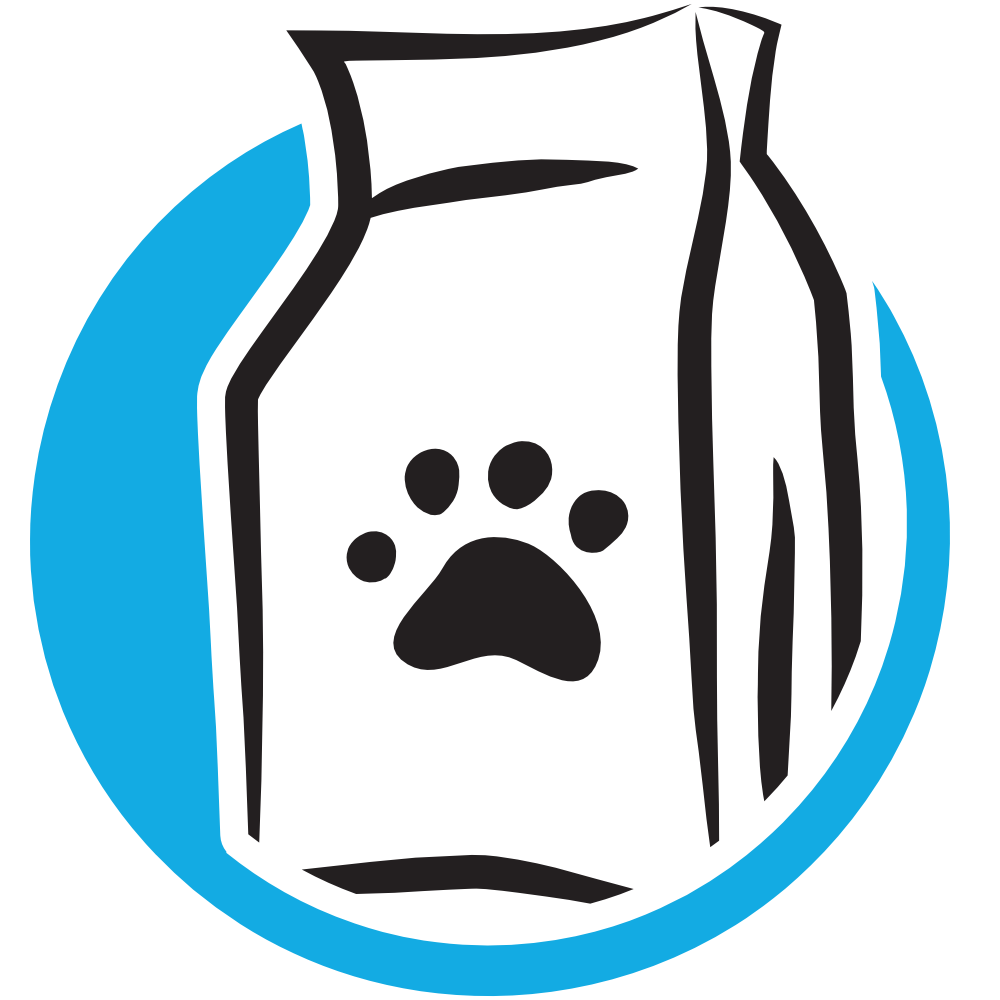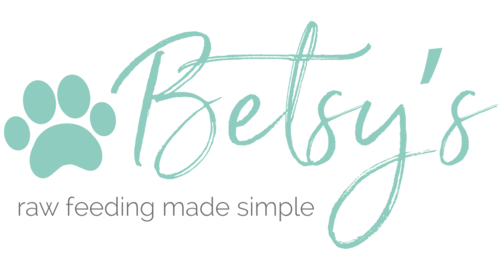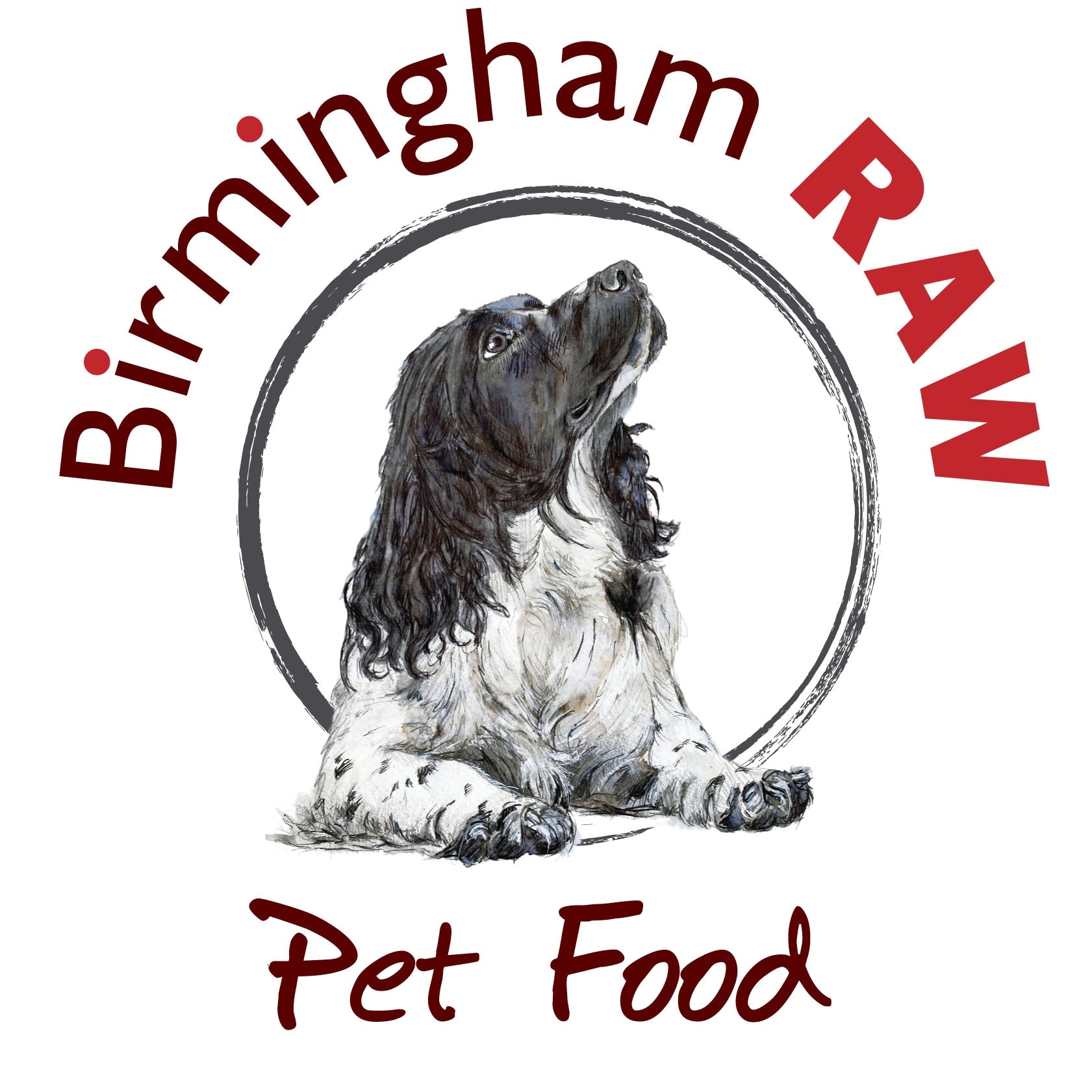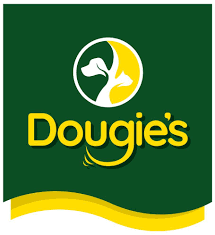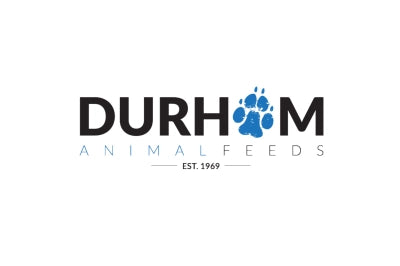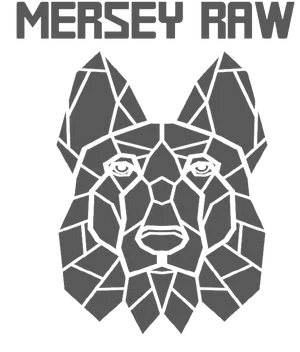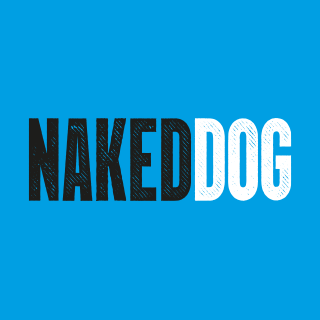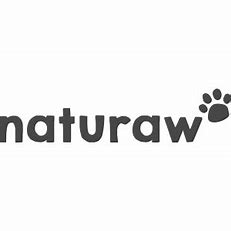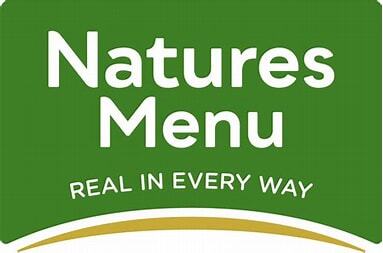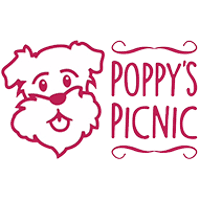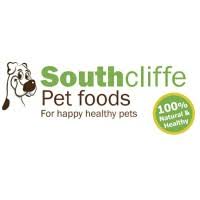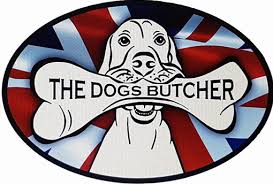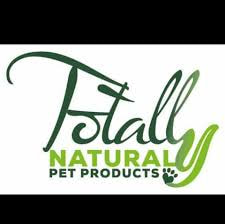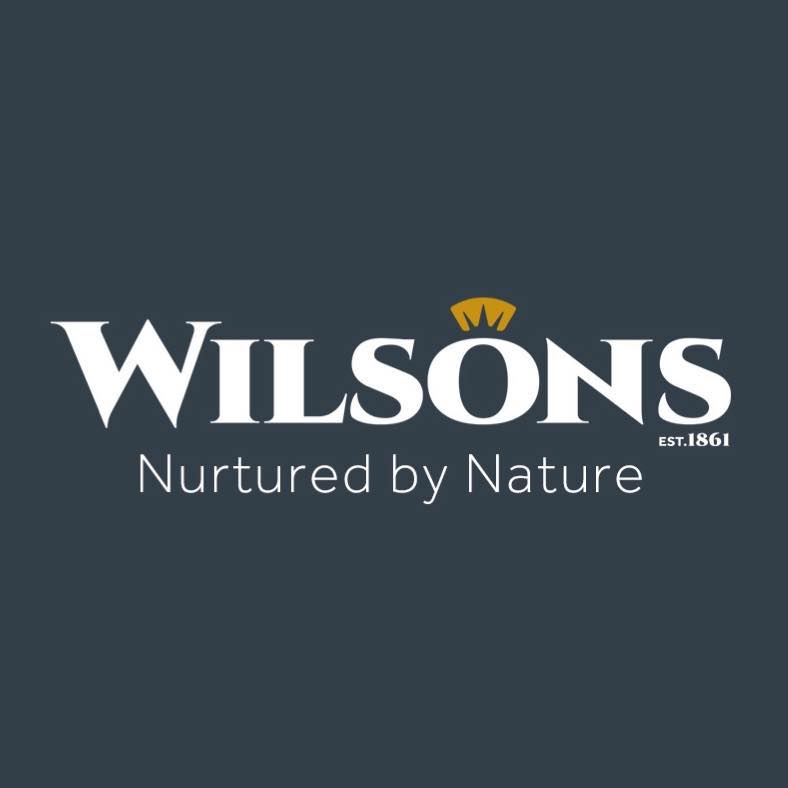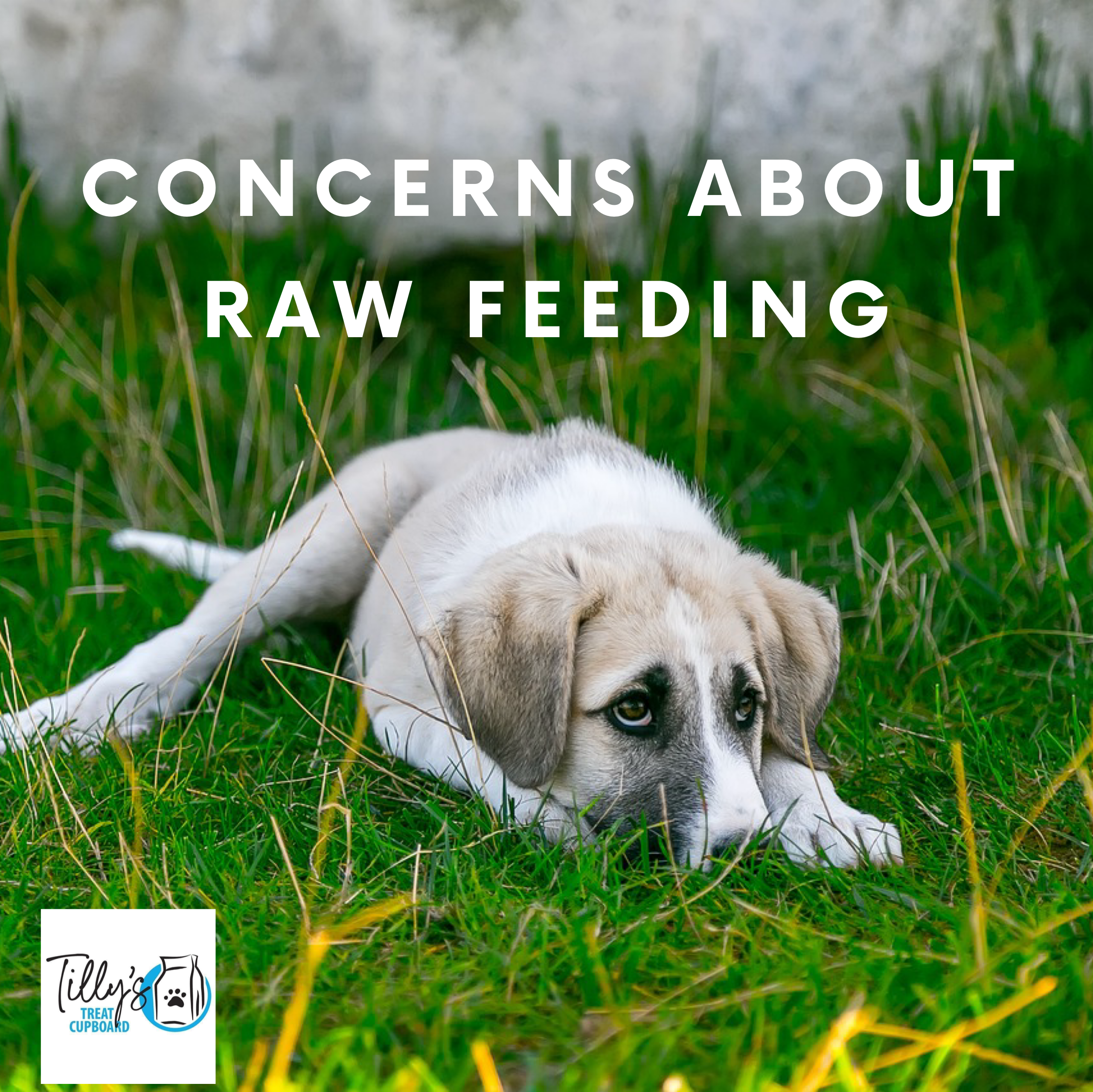
Raw Feeding Week Day 3: Concerns About Raw Feeding
Believe me when I say I really understand the concerns people have about feeding their dog's raw food.
I was that person. Sammy came to me as a puppy on raw food. I promptly took him off it and switched to kibble. There was no way I was going to risk my new baby getting salmonella or becoming malnutrition
It wasn't until Tilly started having seizures that I really looked into raw feeding and, through a lot of research, my concerns were eased.
On Day 3 of Raw Feeding Week, I want to address, and hopefully put to bed, some of the common concerns pet parents have about feeding raw.
Salmonella and other foodborne illnesses
There are two types of meat - that to be used for human consumption and that not to be used for human consumption.
Meat for human consumption (the stuff you buy from the butchers or supermarket) is meant to be cooked. Therefore, it is allowed a certain amount of salmonella in it as the cooking process will kill the bacteria.
Meat meant for non human consumption, i.e. raw dog food, has zero tolerance on salmonella. Any amount of salmonella will trigger a recall on the food.
Yes, raw dog food has less bacteria in it than the meat we eat!
When buying and feeding raw meat, check that it has a Defra number and a batch number on it. If either of these are missing, do not feed it to your dog. The Defra number means the manufacturer has to follow a strict set of rules, including the testing for bacteria. The batch number means, if there is a recall, you know whether the food you've bought has been involved in a recall or not.
Buy properly regulated food meant for dogs to consume raw and there is less chance of bacteria being present.
All food has risks
Did you know there have been more recalls due to salmonella on processed dog food than on raw food? No food is 100% safe and all should be treated the same in terms of hygiene. Wash bowls after each feed, wash work tops, wash hands, wash any utensils used regardless of what you feed your dog.
It's worth noting that many healthy animals have salmonella in their digestive tracts regardless of what they eat. Some get it from their mothers before they're even born! Most dogs that carry salmonella are healthy and do not show any signs of illness.
My dog has eaten contaminated food!
If you suspect your dog has eaten food that has pathogens in it, don't worry. Dog's have many mechanisms to ward off nasty bacteria.
Dogs have bacteria fighting enxymes in their mouths. Research has found that it can kill different strains of bacteria including E.coli.
Early pioneers and soldiers would encourage dogs to lick their wounds to help stop bacterial infections.
Dogs also have an highly acidic stomach acid. This kills most pathogens as soon as they enter the stomach.
Dogs have evolved to eat raw food. They can handle it! Just be cautious with dogs that have a weakened immune system.
Malnutrition
Are you concerned your dog won't get all the nutrients they need? Or maybe you're imagine getting a complicated spread sheet out to work out the amount of each nutrient you dog needs?
It is not difficult to feed a balanced, complete raw diet. Many manufactures now make raw food to the same standards that processed food needs to met in terms of nutrients. All you need to do is defrost and serve. Easy!
Most dogs, you can balance their meals over time, just like you do your own. We don't sit down making sure we've got our daily allowance of selenium or magnesium do we? You also don't need to do this for your dog's diet either. Make sure you include the essentials (a variety of meat, offal and bones) and add oily fish, veg, fruits, etc (or a ready made completer) and your dog will do just fine.
Bones
You can't feed dogs chicken bones!
Yes you can! But they must be raw.
A lot of people think you can't feed chicken bones. This misunderstanding comes from the confusion with cooked bones. No cooked bones are safe to feed but raw bones are safe and necessary in a raw diet.
Bones have vital nutrients (e.g. calcium), are fantastic for joint health (due to containing collagen, glucosamine and chondroitin), they clean teeth, and strengthen jaw muscles.
Bones break teeth!
There's less chance of your dog breaking a tooth on an edible bone than some popular chews, such as deer antlers. The important thing here is the distinction between edible bones and recreational bones. Edible bones are the softer ones (chicken feet, lamb ribs, duck necks, etc) and these are fine to for dogs with a very small risk of fracturing a tooth. Avoid recreational bones, such as marrow bones and leg bones, as these are the ones that come with a bigger risk
Bones splinter
It's cooked bones that are the splintering risk. Choose raw bones with some meat still attached to make them less sharp as they're swallowed.
Bones are a choking hazard
Everything your dog puts in its mouth is a choking hazard, including toys and treats. Like with anything, watch your dog at all times and select bones of an appropriate size for your dog to minimise any risk.
If you're not comfortable with feeding bones, again I totally get it. Just feed prepared food with minced bones. Your dog won't get all the benefits of gnawing on a bone but will get the nutritional benefits.
NEVER COOK RAW FOOD WHICH CONTAINS BONE
We can't discuss concerns about raw feeding and bones without saying loudly and clearly NEVER COOK RAW FOOD THAT CONTAINS BONE. Don't even defrost it in the microwave. Just don't. Ever!
If the food contains bone, that heated bone will become brittle and more likely to splinter as well as being more difficult to digest. It is more likely to become impacted and cause an obstruction in the digestive tract. Feed bones raw or not at all.
Other concerns?
If you have any other concerns about feeding your dog raw food, please mention them. We will do what we can to put your mind at ease.
So far this week, we've discussed the benefits of raw feeding, we've discuss what to add to your dog's bowl and we've helped with some of the concerns you might have.
Day 4 of Raw Feeding Week we'll be looking more in depth at the different ways to raw feed; comparing ratio diets, DIY diets and complete diets.
- Choosing a selection results in a full page refresh.

